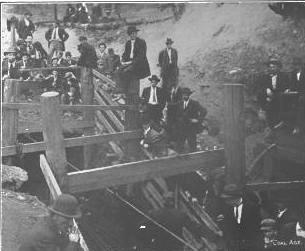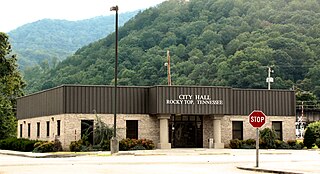
Rocky Top is a city in Anderson and Campbell counties in the eastern part of the U.S. state of Tennessee, northwest of Knoxville. The population was 1,781 at the 2010 census. Most of the community is in Anderson County and is included in the Knoxville Metropolitan Statistical Area. On June 26, 2014, the city officially changed its name from Lake City to Rocky Top, after a last-ditch effort by the copyright owners of the song "Rocky Top" was denied by a federal court.
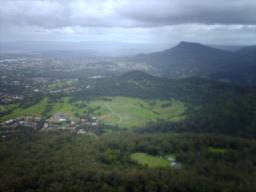
Mount Kembla is a suburb and a mountain in the Illawarra region of New South Wales, Australia.

Springhill mining disaster may refer to any of three Canadian mining disasters that occurred in 1891, 1956, and 1958 in different mines within the Springhill coalfield, near the town of Springhill in Cumberland County, Nova Scotia.
A mining accident is an accident that occurs during the process of mining minerals or metals. Thousands of miners die from mining accidents each year, especially from underground coal mining, although accidents also occur in hard rock mining. Coal mining is considered much more hazardous than hard rock mining due to flat-lying rock strata, generally incompetent rock, the presence of methane gas, and coal dust. Most of the deaths these days occur in developing countries, and rural parts of developed countries where safety measures are not practiced as fully.

Briceville is an unincorporated community in Anderson County, Tennessee, United States. It is included in the Knoxville, Tennessee Metropolitan Statistical Area. The community is named for railroad tycoon and one-term Democratic U.S. Senator Calvin S. Brice of Ohio, who was instrumental in bringing railroad service to the town.
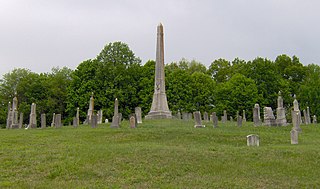
The Fraterville Mine disaster was a coal mine explosion that occurred on May 19, 1902 near the community of Fraterville, in the U.S. state of Tennessee. 216 miners died as a result of the explosion, either from its initial blast or from the after-effects, making it the worst mining disaster in the state's history. The cause of the explosion, although never fully determined, was likely ignition of methane gas which had built up after leaking from an adjacent unventilated mine.

Dawson is a ghost town in Colfax County, New Mexico, United States. Dawson was the site of two separate coal mining disasters in 1913 and 1923. Dawson is located approximately 17 miles northeast of Cimarron. Dawson was a coal mining company town founded in 1901, when rancher John Barkley Dawson sold his coal-rich land in northern New Mexico to the Dawson Fuel Company. The Dawson Railway was built connecting the town to Tucumcari. The mines were productive, and by 1905 the town boasted a population of nearly 2,000, later reaching around 9,000.
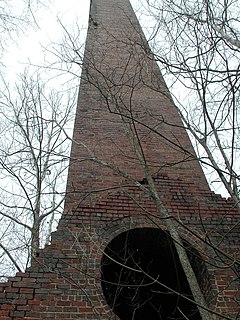
The Millfield Mine disaster occurred November 5, 1930, at the Sunday Creek Coal Company Poston Mine Number 6 in Dover Township, Athens County, Ohio. It was the state's worst mine disaster, killing 82 men. Sigmund Kozma was the last remaining survivor of the disaster, passing away on January 3, 2009.
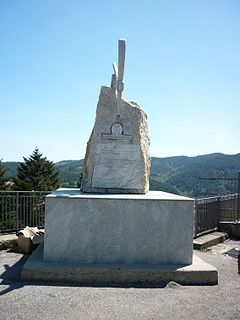
The Monongah mining disaster of Monongah, West Virginia occurred on December 6, 1907, and has been described as "the worst mining disaster in American history". The explosion occurred in Fairmont Coal Company’s No. 6 and No. 8 mines, and was one of the contributing events leading to the creation of the United States Bureau of Mines.

Bartley is a census-designated place (CDP) located in McDowell County, West Virginia, United States. It lies along the Norfolk and Western Railroad on the Dry Fork. As of the 2010 census, its population was 224. According to the Geographic Names Information System, Bartley has also been known as Bartlett and Peeryville.
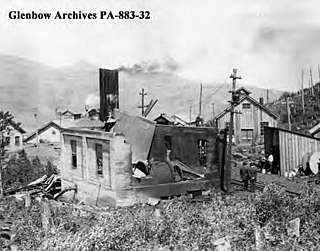
The Hillcrest mine disaster, the worst coal mining disaster in Canadian history, occurred at Hillcrest, Alberta, in the Crowsnest Pass region of western Canada, on Friday, June 19, 1914, 9:30 am.
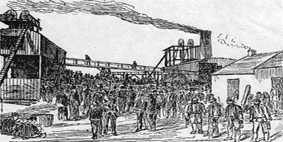
The Udston mining disaster occurred in Hamilton, Scotland on Saturday, 28 May 1887 when 73 miners died in a firedamp explosion at Udston Colliery. Caused, it is thought, by unauthorised shot firing the explosion is said to be Scotland's second worst coal mining disaster.

Kembla Heights is a village west of Wollongong, New South Wales in the Parish of Kembla County of Camden. It is situated along Harry Graham Drive and upper Cordeaux Road and is part of a tourist route that runs along the Illawarra escarpment for a distance between Mount Kembla and Mount Keira. The Dendrobium Colliery is located in Kembla Heights.

The Coal Creek War was an early 1890s armed labor uprising in the southeastern United States that took place primarily in Anderson County, Tennessee. This labor conflict ignited during 1891 when coal mine owners in the Coal Creek watershed began to remove and replace their company-employed, private coal miners then on the payroll with convict laborers leased out by the Tennessee state prison system.
Two separate explosions in 1903 and 1908 at Hanna Mines, coal mines located in Carbon County, Wyoming, United States, caused a total of over 200 fatalities. The 1903 incident was Wyoming's worst coal mining disaster.

The Briceville Community Church is a nondenominational church located in Briceville, Tennessee, United States. Built in 1887, the church served as a center of social life and community affairs for the Coal Creek Valley during the valley's coal mining boom period in the late-19th and early-20th centuries. In 2003, the church was added to the National Register of Historic Places for its historical role and as an example of rural Gothic Revival architecture.
Coal Creek is a tributary of the Clinch River in Tennessee, approximately 10.3 miles (16.6 km) long.

The Mather Mine disaster refers to the events surrounding an explosion that occurred in the Mather Mine on May 19, 1928 at 4:07 PM in Mather, Pennsylvania. A report released by the United States Bureau of Mines states that a total of 195 men were killed in the catastrophe, of which two died in hospitals after being discovered by rescue crews and volunteers. The Mather Mine disaster ranks as the seventh worst mining disaster in U.S. history and the second worst in Pennsylvania history.

In February 2016, a series of explosions caused the deaths of 36 people, including 31 miners and five rescue workers, at the Severnaya coal mine 10 kilometres north of the city of Vorkuta, Komi Republic, Russia. The explosions were believed to be caused by ignition of leaking methane gas. It is the second deadliest mining disaster of the 2010s behind the Soma mine disaster, and fourth deadliest of the 21st century thus far.
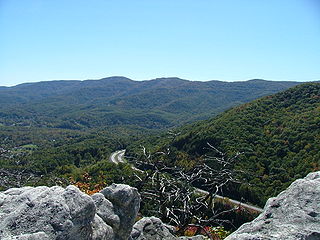
Cross Mountain is a mountain in the Cumberland Mountains in the U.S. state of Tennessee. At an elevation of 3,534 feet (1,077 m), it is the highest mountain in Tennessee that is not part of the Blue Ridge Mountains. It contains rich deposits of coal, and in 1911 was the site of one of the deadliest mining disasters in state history.




